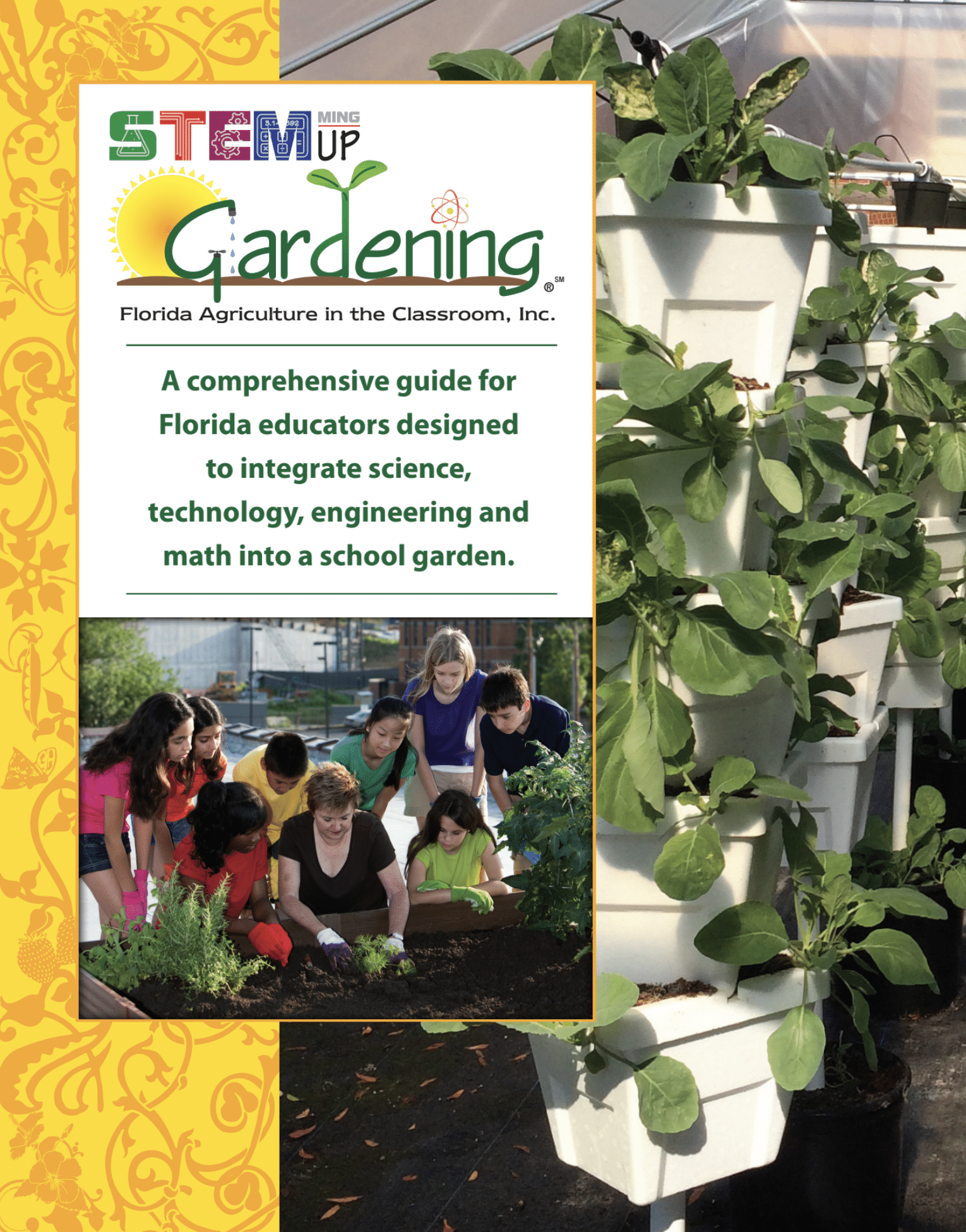Curriculum Connections
What’s Bugging Me?: Integrated Pest Management Part 1
Pest management is required for all types of gardens. Integrated Pest Management (IPM) is using more than one practice to control and prevent pests. In this lesson students will learn about the different practices that can and are being used in agriculture today. Students will test the effectiveness of some of the practices by designing their own bioassay experiments.
View LessonSTEMming Up Plant Nutrients
In this lesson students will identify and describe the functions of essential plant nutrients. This material assumes a basic knowledge of plant biological functions and fertilizer. If you feel your students need more background information see: www.nutrientsforlife.org
View LessonSoil Moisture and Soil Temperature
The lesson entails having students measure, record, chart, and evaluate the soil moisture and temperature of school gardens.
View LessonPlant Propagation
Plant propagation is the process of creating new plants from a variety of sources: seeds, cuttings, bulbs and other plant parts. There are several methods of plant propagation used in com-mercial horticulture besides planting seeds. This lesson will introduce the industry skills of plant propagation, such as graft-ing, budding, rooting cuttings, seed scarification, air layering and tissue culture. Students will also research on the internet about several types of plant industries, and gain an appreciation for how economically important they are.
View LessonPlant Hormones and Tropic Responses
There are many hormones in plants and they all play different roles. In this lesson students will learn about hormones such as ethylene, gibberellins, cytokinin, absiscic acid and the application of hormones in commercial horticulture.
Tropic responses in plants are those responses to light, gravity and touch. In this lesson students will learn about the different tropic responses and set up experiments to demonstrate hormone effects and plant responses to stimulus. Data will be collected and summarized in tables and graphs.
View Lesson“Phun” with Photosynthesis
Students will use light-sensitive beads to observe how sunlight can cause rapid physical and chemical changes in what it strikes. They will calculate the total surface area of leaves exposed to the sun on a saw palmetto plant. They will calculate how many photoelectric cells would equal the solar energy capturing ability of the saw palmetto plant they measure. The students will then design and make a tree using photoelectric cells as leaves.
View LessonPest Management Safety: Integrated Pest Management Part 2
Pest management is needed in order to have a healthy and productive garden. There are many options for pest control. This lesson will show students the importance of reading a pesticide label and what information they can find. Students will also be exposed to safety equipment that may need to be used when applying a pesticide.
View LessonLearn About Decomposition by Creating Compost
Students, working in groups, will create a small composter, monitor and record the decomposition process, and reflect on the final product of decomposition in their composter.
View LessonImproving Mother Nature: Maximize Storm Water Runoff for Irrigation
In this lesson, students will learn about the specific needs of plants, design a rainwater irrigation system and test the effectiveness of the system. A standard plot of garden plants will be exposed to the rain water delivery systems designed by students. Students will then measure the growth of their plants irrigated by different systems.
View LessonHydroponic Vertical Farming: Helping Feed Our Growing Population
By 2050, it’s estimated that 80 percent of the world’s 9.2 billion population will live in urban areas. In this lesson students will gain an understanding of what a seed needs in order to grow into a healthy plant, and what a vertical farm is by comparing and contrasting this method of food production with conven-tional farming methods. Students will design their own rubric; research best practices; create blueprints; and modify and build a working model of an indoor vertical hydroponic farm through collaborative efforts using recycled materials. This closed system should last six or more months, which allows students time for reflection, entertainment and a healthy snack.
View Lesson
